When it comes to fitness, there are a lot of different exercises that target various muscle groups, but one classic move stands the test of time: the pull-up. Pull-ups are often regarded as the gold standard for upper body strength, targeting the back, biceps, shoulders, and core. But one burning question that many fitness enthusiasts have is, "Are pull-ups harder if you weigh more?" The answer, as you might expect, is yes—but let's break it down and explore why.
In this article, we'll discuss how body weight influences your ability to perform pull-ups, the concept of relative strength, and how you can train smarter based on your weight and fitness goals. So, if you've ever wondered if your body weight is holding you back from mastering pull-ups, you're in the right place.
Understanding Pull-Ups: The Basics
Before we dive into how body weight affects pull-ups, let's first understand what this exercise entails. A pull-up is a bodyweight exercise that involves lifting your body using a horizontal bar, with your palms facing away from you. This movement primarily engages the latissimus dorsi (the large back muscles), but it also works the biceps, shoulders, traps, and core muscles.
To successfully perform a pull-up, you need both upper body strength and core stability. But, here's where it gets interesting: your body weight is an integral factor in the equation. Pull-ups involve lifting your entire body weight, which means the heavier you are, the more weight you need to lift.
Does Weight Affect Pull-Ups?
Now, let's get to the heart of the matter—does your body weight make pull-ups harder? Absolutely. The more you weigh, the more you'll need to lift with your arms, shoulders, and back to complete a single rep. This is due to the basic physics of the movement—when you pull your body upwards, you're essentially lifting your own weight against gravity.
For example, if you weigh 150 pounds, you're pulling yourself up by 150 pounds. But if you weigh 200 pounds, that's an additional 50 pounds you'll have to lift with each pull. And this doesn't just mean more effort, it means your muscles have to work harder, which can make the exercise feel more challenging.
But it's not just about the total weight you're lifting—it's also about your muscle-to-weight ratio, or your relative strength.
The Importance of Relative Strength
When it comes to pull-ups, it's important to understand the concept of relative strength. Relative strength refers to how much force you can exert relative to your body weight. A person who weighs 150 pounds and can lift 100 pounds is significantly stronger than someone who weighs 200 pounds but can only lift 150 pounds. In the context of pull-ups, someone with higher relative strength will find it easier to perform this movement, regardless of body weight.
This is why two people who weigh the same could have vastly different experiences with pull-ups. A person with a higher muscle mass and better strength-to-weight ratio will likely find it easier to perform pull-ups, even if they weigh more than someone with less muscle. On the flip side, someone with a higher body fat percentage might struggle more with pull-ups because their strength-to-weight ratio is lower.
Why More Weight Equals Harder Pull-Ups
If you think about it, a pull-up is essentially a test of your ability to lift your body against gravity. As you gain weight, whether from muscle mass or fat, the amount of force your muscles need to exert increases.
Here's a breakdown of the key reasons why pull-ups become harder as you gain weight:
- Increased Resistance: More body weight means more resistance to overcome. The more you weigh, the more force your muscles need to generate to lift yourself.
- Higher Load on Upper Body Muscles: Pull-ups primarily target the back and arms. If you gain weight, those muscles have to bear the brunt of the load, which can lead to fatigue more quickly, especially if you're not accustomed to lifting heavier weights.
- Core Engagement: Pull-ups also require substantial core strength to stabilize the body. As your weight increases, your core has to work harder to keep you stable during the movement.
- Biomechanics and Leverage: Heavier individuals may experience different biomechanics during the pull-up. The body may not be as efficient in terms of leverage, making it harder to complete the motion.
How to Overcome Weight-Related Challenges in Pull-Ups
Just because your body weight is higher doesn't mean you're doomed to never get a pull-up. While it's true that weight plays a significant role, there are several ways to adapt your training to overcome this challenge.
Here are a few strategies to help you improve your pull-up performance, even if you weigh more than the average person:
Increase Your Strength-to-Weight Ratio
To make pull-ups easier, focus on increasing your strength while keeping an eye on body composition. Strength training exercises such as rows, lat pulldowns, and push-ups can help improve your upper body strength, making pull-ups less taxing. Additionally, working on your core strength can further improve your pull-up performance.
Reduce Body Fat
If body fat is the main contributor to your weight, focusing on fat loss through a combination of a healthy diet and cardiovascular exercise can lower your overall weight. Reducing body fat means there's less weight to lift during each pull-up.
Start with Assisted Pull-Ups
If you can't yet do a full pull-up, start with assisted versions. Resistance bands or an assisted pull-up machine can help you practice the motion without having to lift your entire body weight. As you get stronger, you can reduce the assistance until you're doing full pull-ups.
Negative Pull-Ups
Another great way to build strength for pull-ups is to work on the negative phase of the movement. Jump or use a box to get your chin above the bar, and then slowly lower yourself down. This helps you build the eccentric strength needed for pull-ups.
Gradual Progression
If you're aiming for unassisted pull-ups, progress slowly. Begin with a few reps and gradually increase the number as your strength improves. Tracking your progress will help you stay motivated.
Focus on Full Body Strength
Pull-ups don't just rely on your back and arms—they also require full-body strength and stability. Incorporating full-body exercises such as deadlifts, squats, and planks into your routine can increase your overall strength, which will make pull-ups feel easier over time.
Adjusting Your Pull-Up Training Based on Weight
If you've recently gained weight or are concerned about how your body weight might affect your pull-up performance, here's how you can tweak your training:
- Focus on Pull-Up Variations: Try different pull-up variations, such as wide-grip or chin-ups, to target different muscle groups and improve your overall upper body strength.
- Prioritize Upper Body Strength: Incorporate exercises that target the same muscle groups used in pull-ups, such as lat pulldowns, bent-over rows, and bicep curls. These exercises can help build strength in the back and arms.
- Work on Explosive Power: Incorporate explosive exercises such as medicine ball slams or kettlebell swings to increase your power and endurance, which can carry over to your pull-up performance.
- Practice Technique: It's not just about raw strength. Proper technique can make a world of difference in how effectively you perform pull-ups. Focus on engaging your back muscles and avoiding using momentum, as this can help you complete more reps with better form.
Conclusion: Is Weight the Only Factor?
So, are pull-ups harder if you weigh more? The short answer is yes. More body weight means more resistance, and this will naturally make the movement more challenging. However, your performance isn't solely determined by your weight. Relative strength, muscle mass, and technique all play a role in how easily you can perform pull-ups.
If you're struggling with pull-ups, don't get discouraged. Whether you choose to reduce body fat, build more muscle, or improve your technique, there are ways to adapt your training and make this iconic exercise more achievable. By focusing on increasing your strength-to-weight ratio, using progressive training methods, and staying consistent, you'll be well on your way to mastering pull-ups—regardless of your weight.
Remember, fitness is a journey. Keep challenging yourself, and soon enough, you'll be pulling yourself up with ease!



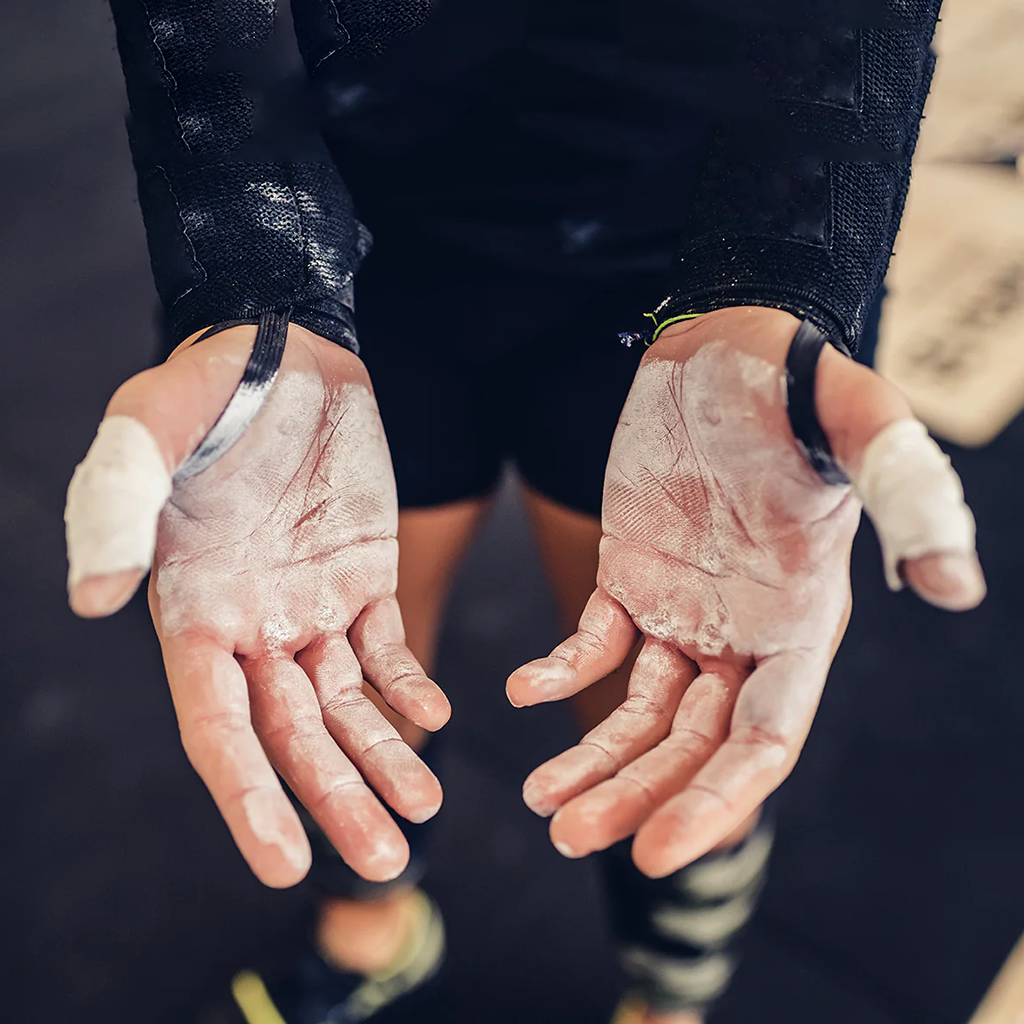


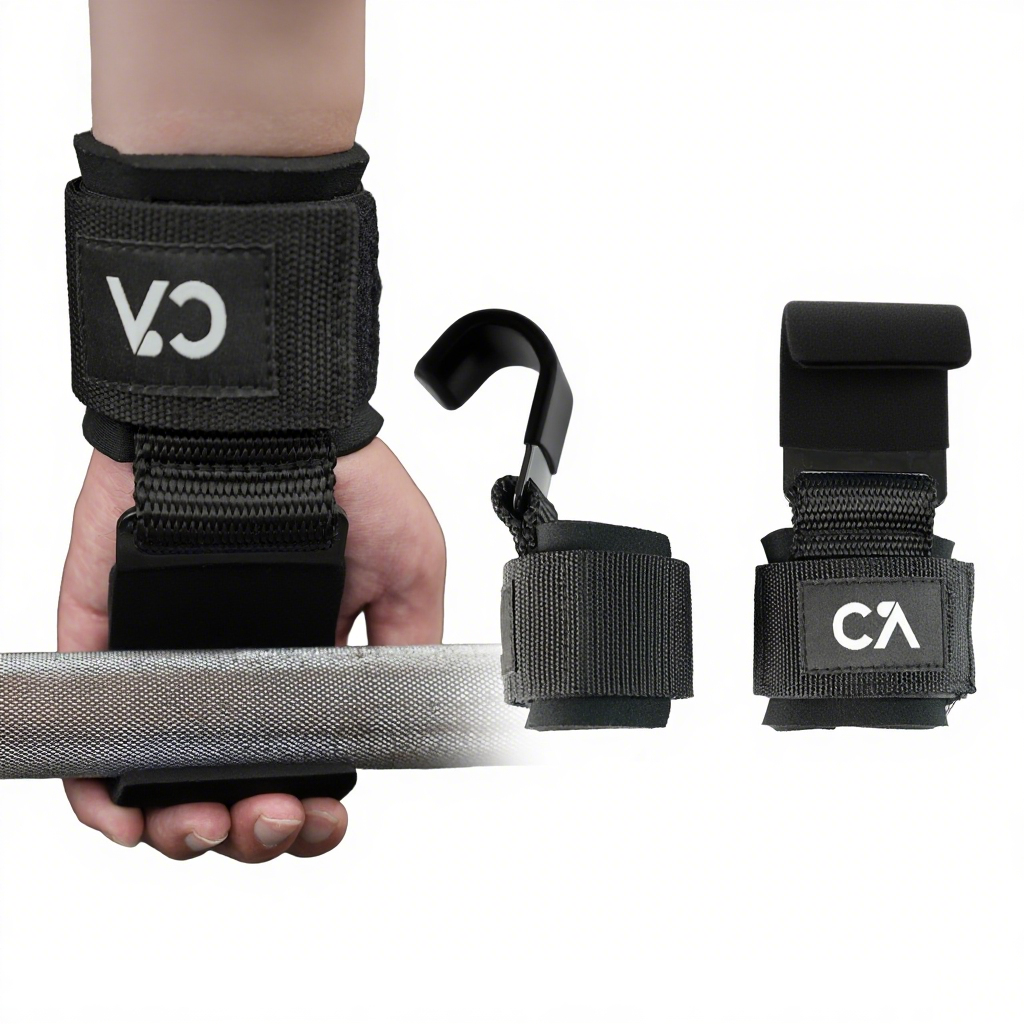
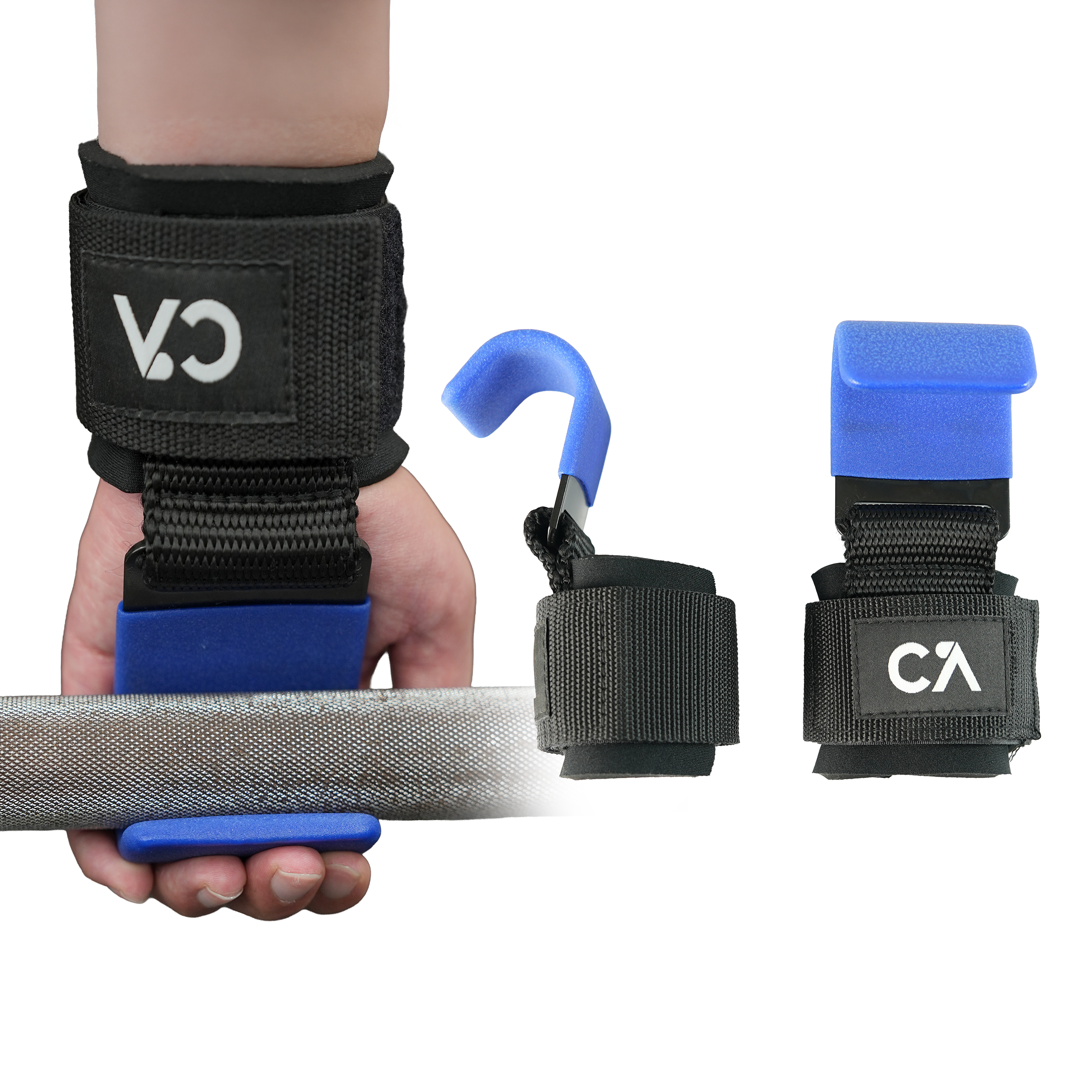
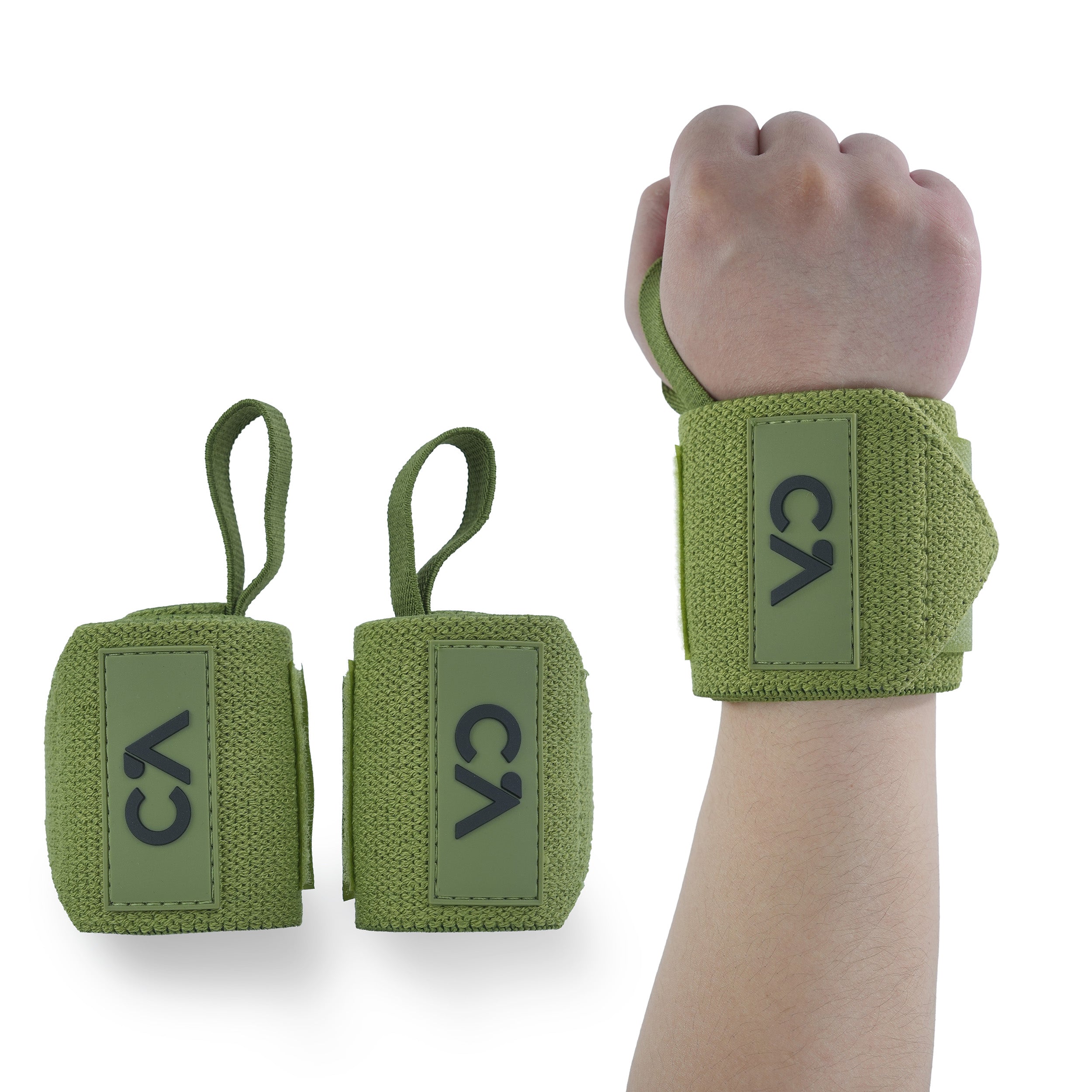
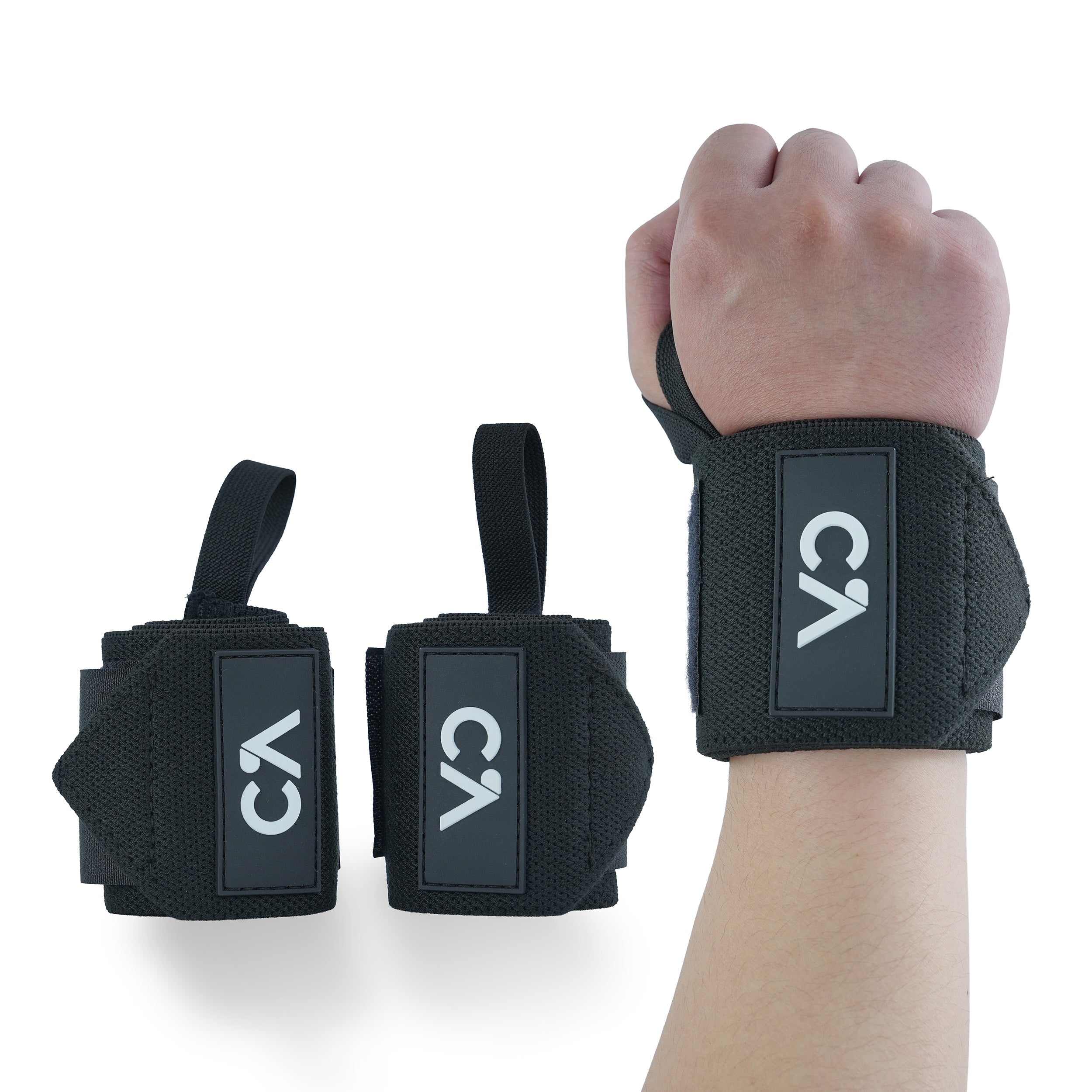
Leave a comment
All comments are moderated before being published.
This site is protected by hCaptcha and the hCaptcha Privacy Policy and Terms of Service apply.